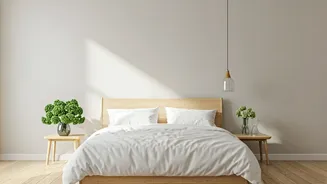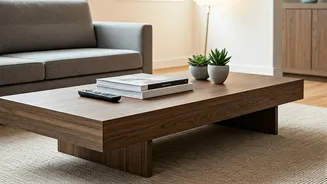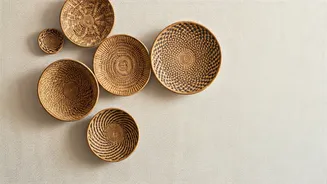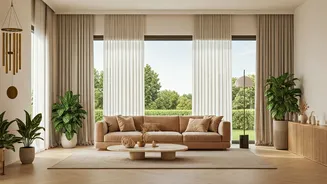A Textured Revolution
Shag carpets, with their long, shaggy fibers, burst onto the scene, transforming living spaces with their unique texture and visual appeal. Emerging in the mid-20th
century, they quickly became a symbol of comfort and modern living. These carpets offered a tactile experience, different from the smoother surfaces of the time. Their ability to add warmth and a touch of luxury made them a favourite in homes across various demographics. The shag's playful appearance also mirrored the era's evolving design sensibilities, blending seamlessly with the furniture and decor trends of the time, establishing themselves as a key element of the interior design landscape.
The Height of Popularity
The 1960s and 70s were the glory years for shag. They found their way into nearly every room in the house. The shag carpet's versatility played a significant role in its widespread adoption. It was available in various colours and textures, which allowed it to fit into diverse design schemes. These carpets were not just a practical flooring solution; they were an aesthetic statement. Homeowners embraced shag as a way to express their personal style, and the design industry catered to this demand with constant innovations in colours, materials, and patterns. Shag became a staple in homes, apartments, and even commercial spaces, becoming emblematic of an entire era.
Changing Tastes Emerge
As the 1980s arrived, tastes began to shift. Sleeker, more minimalist aesthetics started to gain traction. The plush, high-pile of the shag carpet no longer aligned with the evolving design preferences. Minimalism brought a preference for cleaner lines and easier-to-maintain surfaces. The shag's tendency to trap dust and allergens also became a concern for many. This shifted the focus towards practical and easy-to-clean flooring options. The maintenance demands of the shag carpet became less appealing as people's lifestyles changed, and the time and effort required to keep the shag looking its best became a deterrent to some.
The Practicality Factor
Cleaning and maintenance were significant drawbacks for shag carpets. They were notorious for trapping dirt, dust, and pet hair, making upkeep a challenge. Vacuuming was often insufficient, requiring professional cleaning services or specialized equipment to keep them looking their best. Moreover, the material's propensity to show wear and tear, especially in high-traffic areas, contributed to their diminished appeal. Damage or matting could quickly detract from the carpet's look, making it a less practical choice for busy households. The high maintenance costs and effort ultimately accelerated the decline of shag carpets.
Design Trends Evolve
Interior design trends continuously evolve. The rise of hardwood floors, low-pile carpets, and tile marked a shift away from shag's textured aesthetic. These new options offered a sense of spaciousness and modernity that was more in line with the preferences of the time. The emergence of different styles, like contemporary and minimalist designs, also lessened shag's appeal. Designers and homeowners alike began to favour smoother, less visually busy flooring options that complemented these new design directions. The shag's association with a specific era became less desirable as styles changed and new flooring products offered easier upkeep and better performance.
The Legacy Continues
Though its popularity has declined, shag carpets left a lasting impact on interior design. They represent a specific period in history, influencing how people viewed comfort and style. Shag paved the way for innovative flooring materials, and their legacy can still be seen in the ongoing evolution of home design. Today, shag makes occasional appearances in modern design, often in smaller, more focused applications like accent rugs or specific room features. The enduring appeal of texture and coziness ensures that shag's influence can still be seen, adapting and re-emerging in new ways.










